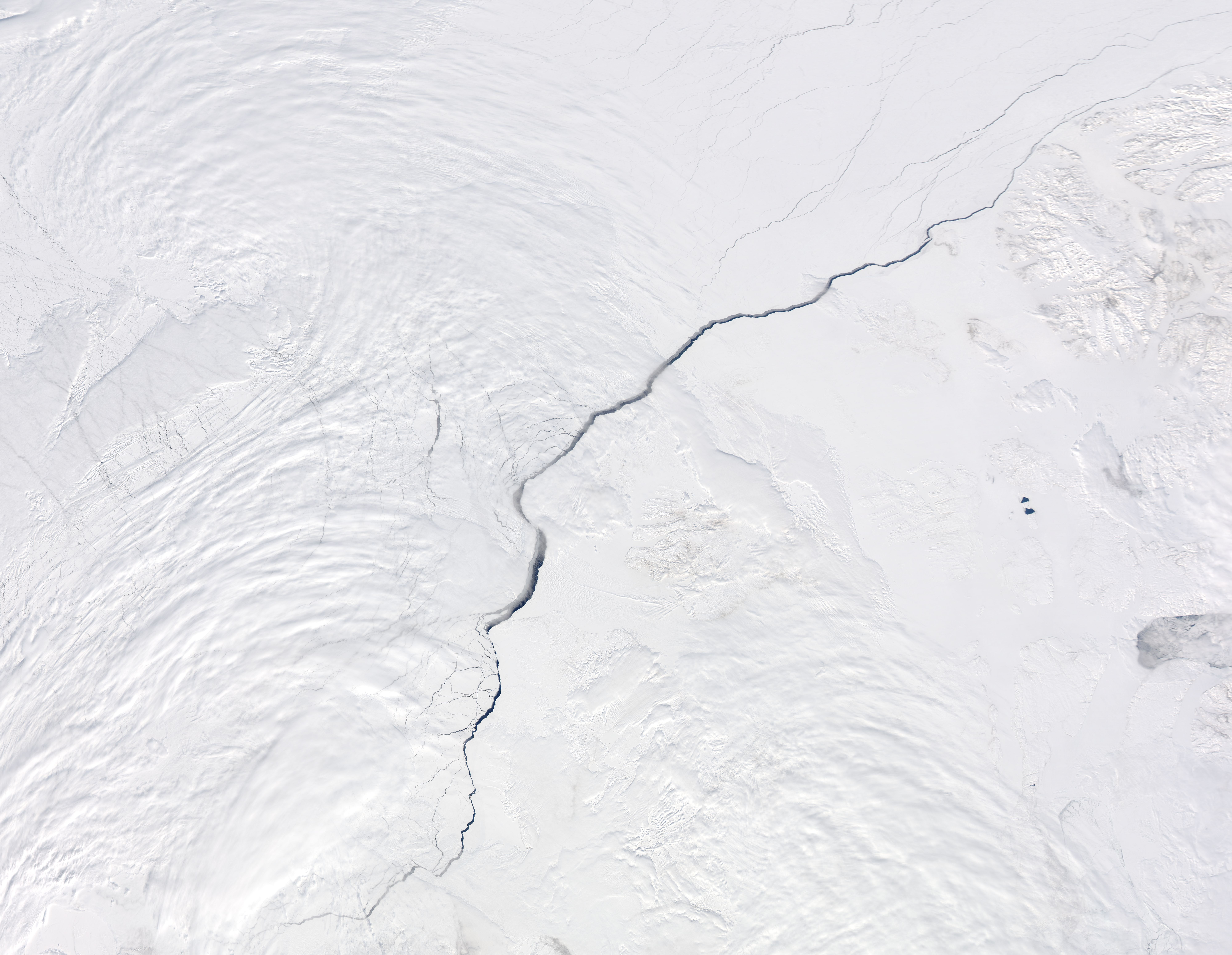As Arctic warms, interest in geoengineering increases

Get ready to take part in a planet-wide experiment, which could see science helping to cool the world’s temperature and provide a cheap, short-term fix to climate-warming.
With the Arctic sea ice extent breaking more than 200 daily record lows in 2016 — which also goes down in history as the hottest year since 1881, scientists have begun to look more closely at climate engineering or geoengineering to curb global warming.
Geoengineering could gain countries the time to change from an energy system based on dirty fossil fuels, like oil and coal, which also produce climate-warming emissions, to renewable, clean energy say its supporters.
[Report: 2016 was Earth’s hottest year on record by a wide margin, especially in Arctic]
“We have to do something. Solar geoengineering is the most promising technique that we have,” said Richard Zeckhauser from Harvard University in a video on the solar geoengineering research program that the university plans to launch this spring.
That idea behind solar geoengineering, or solar radiation management, is using methods to reflect more of the sun’s heat back out into space or stop sunlight before it reaches the Earth.
These include such devices as huge, aerial sunshades, white-painted roofs, reflectors on the land to bounce sunlight back into the atmosphere, “space hoses” to create more clouds in the northern latitudes or sprays of seawater shot into clouds.
As well, seeding clouds with substances to make them thicker and more reflective of the sun could reduce surface air temperatures and reduce or reverse negative impacts of global warming, such as floods, droughts, stronger storms, sea ice melting and sea level rise.
[Arctic sea ice isn’t just shrinking in area; it’s also getting thinner]
But not everyone is agrees that climate engineering is the solution.
In a recent article published in the online journal Earth’s Future of American Geophysical Union, Alan Robock from the Department of Environmental Sciences at Rutgers University, comes up with a list of five potential benefits of solar radiation management through cloud seeding, as well as 27 concerns and risks.
The pluses could include increased plant productivity and beautiful red and yellow sunsets.
But Robock’s list suggests solar radiation management would not deliver the same pattern of temperatures as cuts to climate-warming greenhouse gases would.
And it could also lead decision-makers to reduce efforts to curb emissions, because they would believe climate engineering represents “adequate insurance against climate risk.”
Meanwhile, other impacts from greenhouse gases in the atmosphere such as ocean acidification would continue — and solar radiation management might not even work or stop the Arctic ice from melting.
It would be “at best a temporary palliative” which could also see many “unexpected consequences,” suggests another recent article from Earth’s Future.
But that doesn’t mean solar radiation management is off the radar, and as well, some have recently suggested that wind power could also be used to pump water and thicken ice in the Arctic to cool the planet down.
China has been suggested as likely to initiate climate engineering, another online article from Earth’s Future on geo-engineering says.
China’s history of “gardening” the natural environment means that it sees climate geoengineering in a different way than that in the West, the article said.
In the background of efforts to promote geoengineering, there’s the United Nations Convention on the Prohibition of Military or Any Other Hostile Use of Environmental Modification Techniques, signed in 1976, by 85 countries, which prohibits the military or other hostile use of environmental modification techniques.
More recently, this past December, the UN urged countries not to start climate geoengineering. Apart from the unknowns involved, some fear climate engineering could also be used by hostile countries to cause droughts or famines.